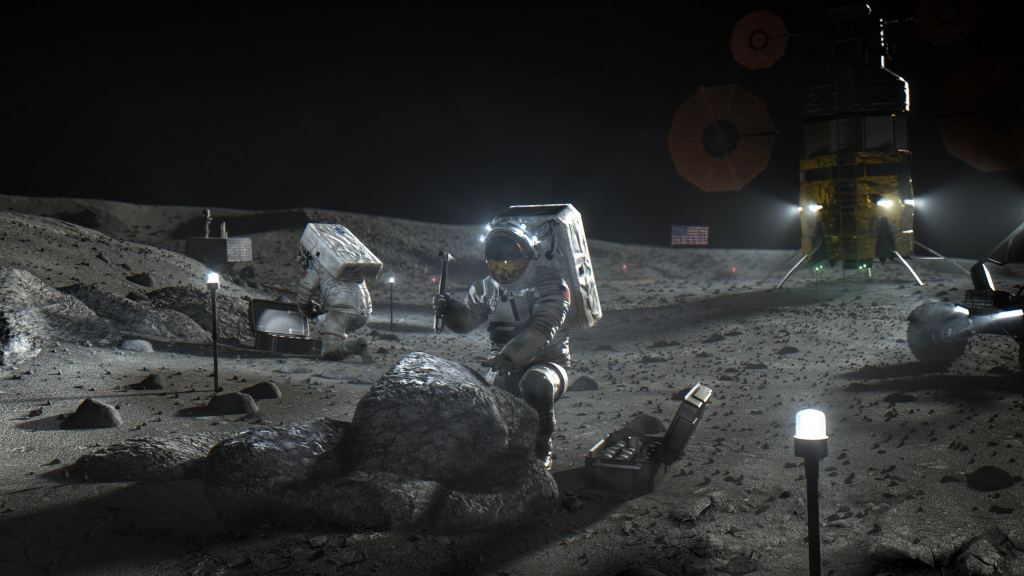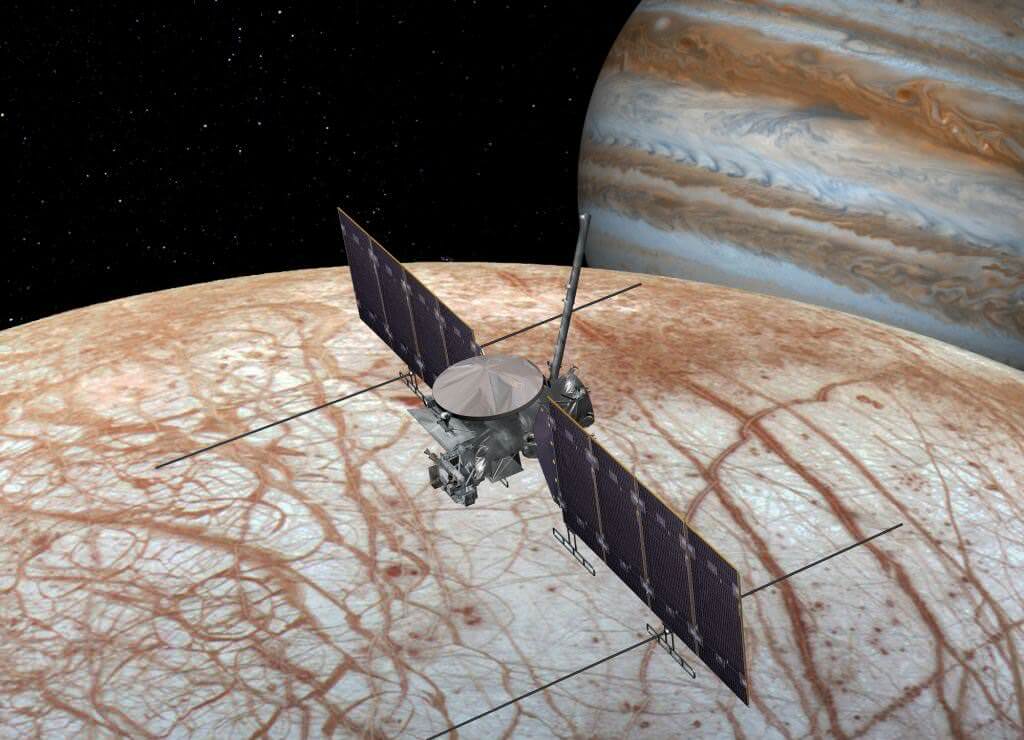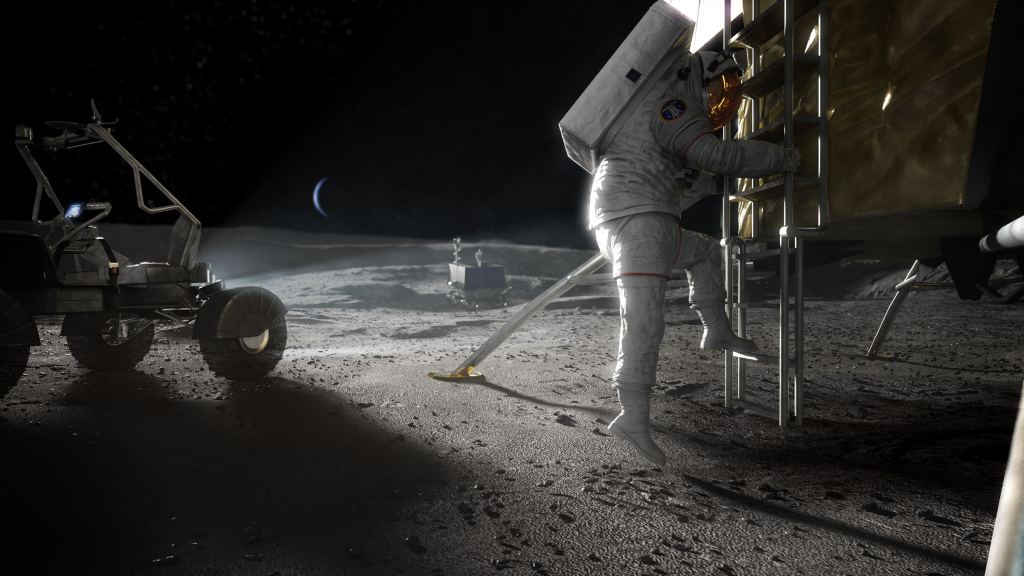In May of 2020, NASA made the decision to give the next-generation Wide Field Infrared Space Telescope* (WFIRST) a proper name. Henceforth, it would be known as the Nancy Grace Roman Space Telescope* (or Roman Space Telescope) in honor of NASA's first Chief Astronomer and a woman's who tireless work in the field of STEMs research led to the creation of the *Hubble Space Telescope* - hence her nickname, the "mother of Hubble").
However, in recent months, the budget environment has not been too favorable to the *Roman Space Telescope* (RST), as well as education-related programs. But thanks to a recent bill considered by the House Appropriations Commitee, funding has been restored to five NASA science missions and projects - including the RST - that the administration's budget proposal sought to cancel for the coming year.
At issue was the budget submitted by the administration's Office of Management and Budget (OMB) back in February for fiscal year 2021. This budget allocated $4.7 billion to exploration R&D and the development of Human Landing Systems (HLS), all of which was to ensure that NASA could conduct the all-important *Artemis III* mission (which would see astronauts land on the Moon for the first time since 1972) by 2024.
In order to allocate this funding, the budget targeted 5 programs for elimination, one of which was the Roman Space Telescope*. This mission was selected because "delays and cost growth with the James Webb Space Telescope* " (JWST) made the prospect of another multi-billion-dollar space telescope infeasible. As was stated in the "Justification" section of the bill:
"WFIRST was originally envisioned as a less-than-two billion space telescope. Now it is estimated to cost $3.2-$3.9 billion. It is not prudent to develop another large space telescope until the Webb telescope, which has grown to $9.7 billion in lifecycle costs, has successfully launched, deployed, and is operational. The Budget proposes to terminate WFIRST and focus on mission success for Webb, which has only a few months of schedule reserve left ahead of its 2021 launch date and faces a complex in-space deployment sequence."
Other programs that were targeted for elimination included the Office of STEM Engagement, which provides grants to educational and research institutions - ranging from colleges and universities to museums and science centers. Citing how many of NASA's education programs are funded by other agencies and grants, the OMB recommended: "the termination of the office, redirecting those funds to NASA's core mission of exploration."
The bill also asked that the Stratospheric Observatory for Infrared Astronomy (SOFIA) airborne observatory. Specifically, the OMB's bill claims that SOFIA's annual operations budget (over $80 million, the second most expensive in NASA's Astrophysics program) has "not delivered high quality data products or science on par with other large science missions."
Also targeted were two Earth science missions, which included the Plankton, Aerosol, Cloud, ocean Ecosystem (PACE) mission, and the Climate Absolute Radiance and Refractivity Observatory (CLARREO) Pathfinder. This is a predictable recommendation, given the administration's long-term stance on Earth Observation and climate science programs.
The bill also recommended reductions in funding for the Space Launch System, which would prevent the SLS Block 1 from being upgraded to the Block 1B. This decision would essentially deprive NASA of the ability to launch and deploy major elements of *Project Artemis*, such as the Lunar Gateway and a reusable Lunar Lander, and force them to rely on commercial launch providers.
However, the Commerce, Justice and Science (CJS) subcommittee (part of the HAC that oversees NASA's funding) was not particularly impressed. In response, they issued the Commerce, Justice, Science, and Related Agencies Appropriations Act, 2021 (H.R.7667) on July 7th, which called for flat funding for NASA programs, commensurate with what was allocated with the appropriations bill for the final fiscal year of 2020.
Intrinsic to this was restored funding for the RST, the PACE and CLARREO missions, and an additional $900 million to maintain the Office of STEM Engagement and NASA's related science and education programs. The bill also emphasized that $400 mission would be set aside for SLS Block 1b development so that the system would have a lift capability of 130 metric tons (143.3 US tons).
The bill further allocated $1.56 billion for exploration R&D, significantly less than what the OMB bill called for, and limits funding for the development of HLS to $628.2 million for the next fiscal year. This reduced spending on Artemis-related systems would place the timeline of the *Artemis III* mission and the long-awaited "return to the Moon" in question.
The reason for this, according to the CJS' report, is that they feel the OMB budget is motivated by politics, and not scientific goals:
"NASA’s fiscal year 2021 request, much like the 2020 amended budget request, reflected the Administration’s ominous shift away from legacy programs and programs with clear environmental and educational benefits. The Administration’s shift in priorities is most evident in its budget request of nearly $3,400,000,000 (nearly $2,800,000,000 above the fiscal year 2020 level) for the Human Landing System and Advanced Cislunar and Surface Capabilities initiatives. These programs are being rushed to meet a politically motivated timeline to again place humans on the Moon’s lunar surface in a little over four years."
To fund this expansion, the letter claims, the Administration chose to reduce or eliminate critical legacy programs that are crucial to monitoring the environment, measuring climate change, and tracking rising sea levels. This parallels other budget cuts specified in the bill, like to the Environmental Protection Agency (EPA), the National Oceanic and Atmospheric Administration (NOAA), and other environmental programs.
What's more, the CJS indicated that their bill would cost taxpayers a total of $22.69 billion for the fiscal year 2021, versus the $25.246 billion originally called for in the OMB's proposed budget. So in addition to restoring funding to what they deem to be legacy projects, the CJS bill would cost taxpayers $2.617 billion less overall.
In response to this proposed budget, NASA Administrator Jim Bridenstine was magnanimous but hinted that the Senate might be more generous when it comes to HLS and Artemis. His official statement was issued via Twitter:
"I want to thank the House Commerce-Justice-Science subcommittee for the bipartisan support for NASA’s Artemis program. The $628.2 million in funding for the human landing system (HLS) is an important first step in this year’s appropriations process. We still have more to do and I look forward to working with the Senate to ensure America has the resources the first woman and next man on the moon need in 2024.”
All told, the budget that the House Appropriations Committee considered (before it is sent to the Senate) called for no less than $1,400,500,000 for the Orion Multi-Purpose Crew Vehicle (MPCV), $2.6 billion for the SLS so that it may have "core elements and an Exploration Upper Stage" to accommodate missions from Earth to the Moon and missions to the lunar surface.
Another $459.7 million was set aside for the development of Exploration Ground Systems, which includes the infrastructure necessary to establish a human presence on the Moon (like the Lunar Gateway and the Artemis Base Camp). Also specified in the CJS bill was NASA's proposed mission to explore Jupiter's moon Europa (the *Europa Clipper* mission) for possible signs of life beneath its icy surface.
The mission was allocated $403.5 million, which is what NASA requested for the sake of continuing development (with a proposed launch scheduled for 2025. They also specified that the SLS Block 1b should be utilized to send this mission, plus a Europa Lander by 2027. No funding was allocated for the latter mission, but that is no doubt waiting upon further research and design work.
In the meantime, it is good that funding for crucial missions like SOFIA and the Roman Space Telescope* are safe for now, especially the RST. Not only is this mission going to work in tandem with the JWST to reveal far more about exoplanets, dark matter, dark energy, and the origins of the Universe, it will be effectively picking up where Hubble* left off - but with 100 times the capability.
One can only hope that the US Senate agrees with the CJS appraisal! Otherwise, the RST's future will be placed on the backburner!
Further Reading: SpaceNews, *US House of Representatives*, OMB
 Universe Today
Universe Today





